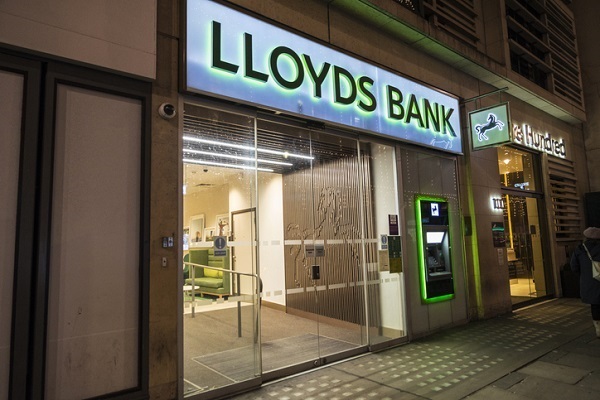ii view: Lloyds Bank in good shape to cope with economic decline
18th November 2022 11:30
by Keith Bowman from interactive investor
A prudent approach to bad-debt provisions and forecast dividend yield of over 5%. We assess prospects.

Third-quarter results to 30 September
- Net income up 13% to £4.59 billion
- Costs down 4% to £2.19 billion
- Underlying profit before bad debt provision up 22% to £2.39 billion
- Bad debt provision of £668 million, up from a release of £119 million Q3 2021
- Pre-tax profit down 26% to £1.51 billion
- Capital cushion of 15%, up from 14.7% in Q2
Chief executive Charlie Nunn said:
“The current environment is concerning for many people and we are committed to maintaining support for our customers. The Group's resilient business model and prudent approach to risk position the Group well to face the current macroeconomic uncertainties while generating enhanced returns for our shareholders."
ii round-up:
Built on the 2009 acquisition of HBOS, Lloyds Banking Group (LSE:LLOY) today is home to household brand names including Lloyds Bank itself, Halifax, Bank of Scotland, Scottish Widows and Birmingham Midshires.
- Read about how to: Open a Trading Account | How to start Trading Stocks | Top UK shares
It operates through the three core divisions of Retail, Commercial Banking and Insurance and Wealth.
For a round-up of these latest results on the 27 October, please click here.
ii view:
Lloyds employs over 55,000 people, servicing around 26 million customers across 14 different brand names. Following business sales made in the wake of the 2008 financial crisis, it is now focused on UK banking and insurance.
Under chief executive Charlie Nunn, the bank’s strategic pushes now include a focus on digital channels, supporting the transition to a low carbon economy, deepening its consumer relationships, and broadening its intermediary propositions in product areas such as motor finance and home Insurance.
- Professional investors see signs the stock market has bottomed
- Barclays’ diversity gives bank resilience in the face of adversity
- Four American banks: buy, sell, hold?
For investors, a highly challenging economic backdrop now sees Lloyds back making bad-debt provisions. Higher mortgage rates following action from the Bank of England and in the wake of the government’s previously failed mini-budget, could now result in falling property prices and reduced mortgage demand. The group’s concentration on the UK market and economy could also leave it disadvantaged compared to internationally diverse rivals such as HSBC Holdings (LSE:HSBA) and Barclays (LSE:BARC).
On the upside, underlying profit before bad debt provisions has improved, helped by increased interest income from higher rates and lower costs. A capital cushion, or CET1 ratio, of 15% remains reassuring, and the return of some early pandemic provisions underlines its prudent approach. A forecast dividend yield of over 5% also remains attractive.
While some caution now looks sensible given the highly challenging economic backdrop, any recession is expected to be shallow, which should hopefully limit mortgage defaults. A consensus analyst fair value estimate in excess of 60p per share also implies grounds for optimism further out.
Positives
- Strong focus on costs
- Attractive dividend (not guaranteed)
Negatives
- Uncertain economic outlook
- Lacks the diversity of some other banks
The average rating of stock market analysts:
Buy
These articles are provided for information purposes only. Occasionally, an opinion about whether to buy or sell a specific investment may be provided by third parties. The content is not intended to be a personal recommendation to buy or sell any financial instrument or product, or to adopt any investment strategy as it is not provided based on an assessment of your investing knowledge and experience, your financial situation or your investment objectives. The value of your investments, and the income derived from them, may go down as well as up. You may not get back all the money that you invest. The investments referred to in this article may not be suitable for all investors, and if in doubt, an investor should seek advice from a qualified investment adviser.
Full performance can be found on the company or index summary page on the interactive investor website. Simply click on the company's or index name highlighted in the article.